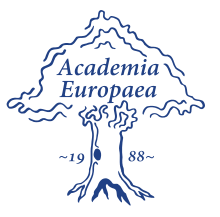Speaker
Description
One of the world's largest scientific projects, the international fusion experiment ITER, currently under construction in Europe (Cadarache, France), needs for plasma heating and for current-drive powerful neutral beams delivering 33 MW in total by two beamlines. Key elements in this neutral beam system are large RF-driven ion sources with an area of 1 x 2 m2 generating negative ion beams of up to 46 A Hˉ (40 A Dˉ) stable for one hour. The ratio of co-extracted electrons to
extracted ions must be always below one in order to keep the heat load on the extraction system at a tolerable amount. The latter is already at the limits of the engineering capabilities. The large beam, extracted from 1280 individual apertures, is targeted to have a uniformity of better that 90% in order to be transported without losses to the fusion plasma and avoiding damages of components in the beamline. The development at IPP started with a prototype source being 1/8 of the ITER source area followed by a ½ size ITER source at the test facility ELISE. The challenges in overcoming physical and technology aspects as well as the status of the research will be presented including the latest record values of ELISE being a milestone in the European roadmap towards the beam systems for ITER.

